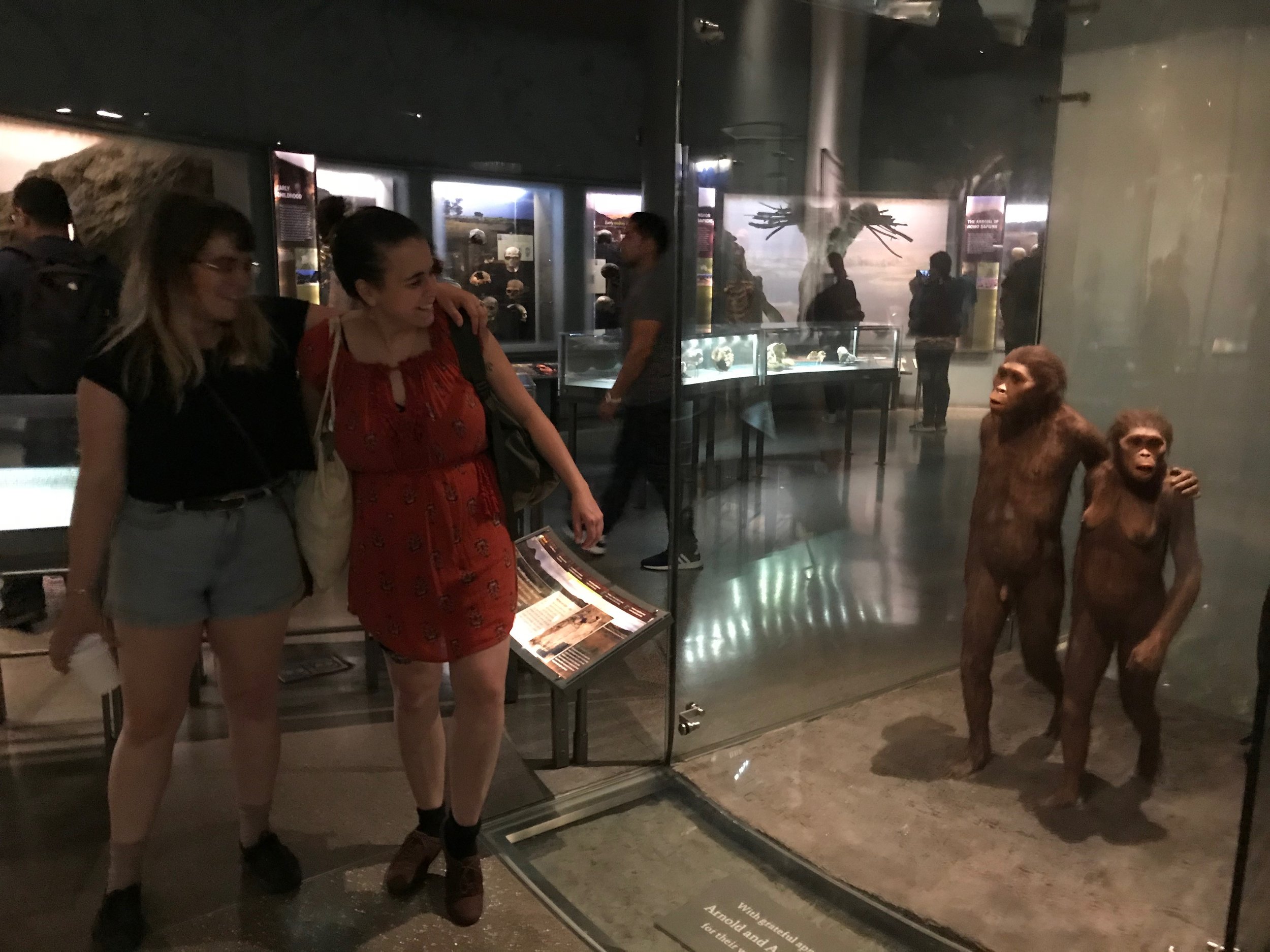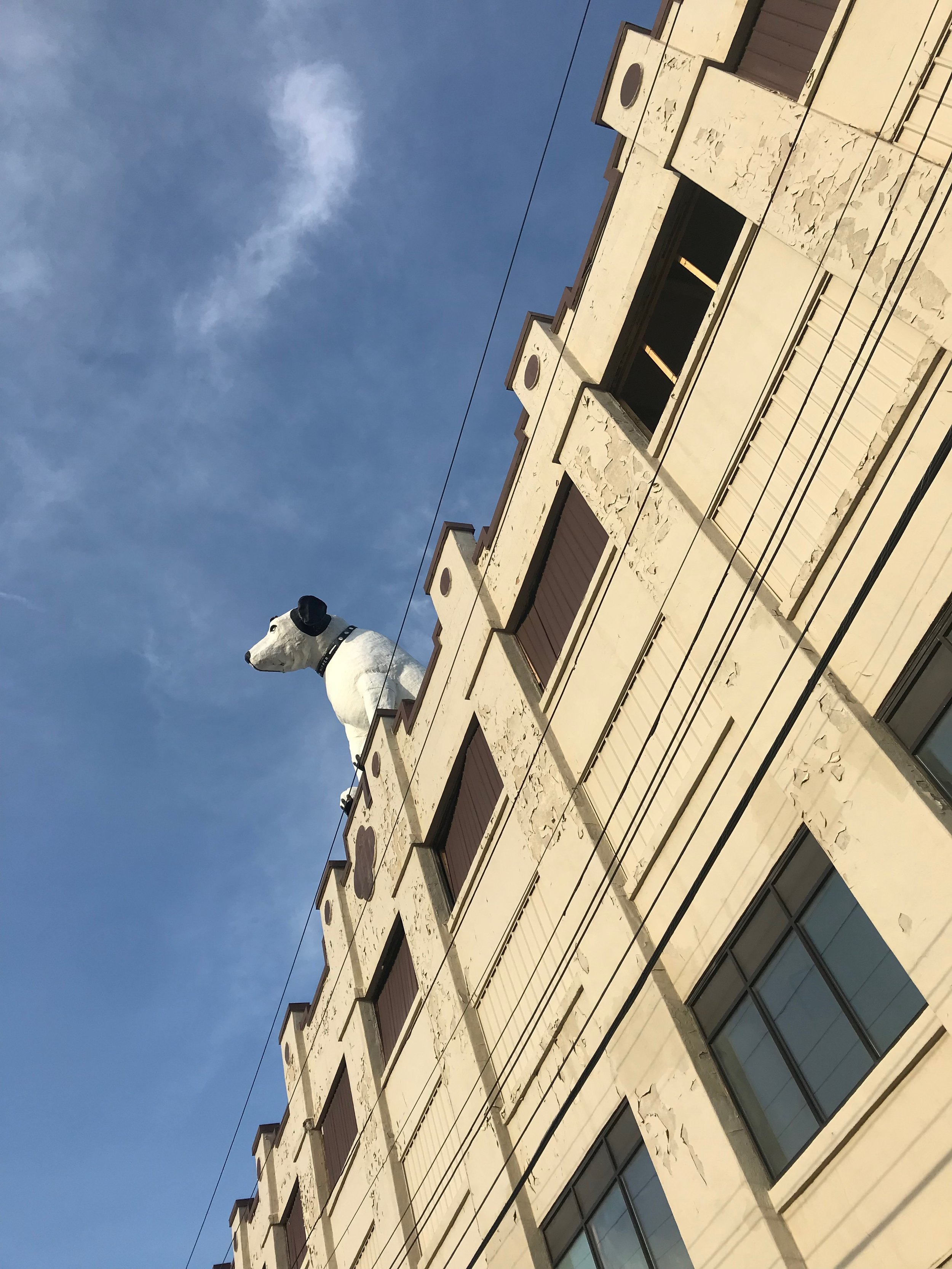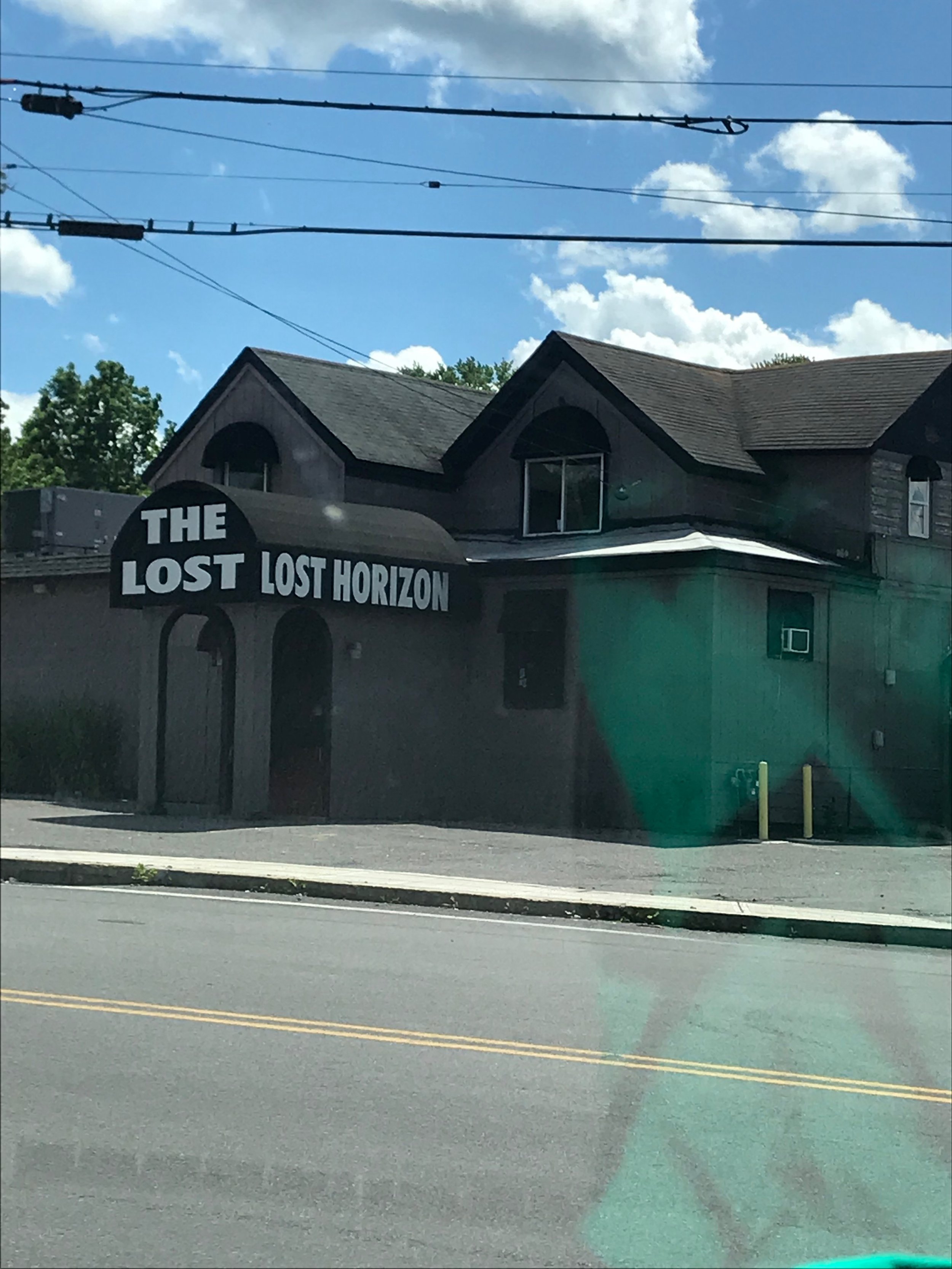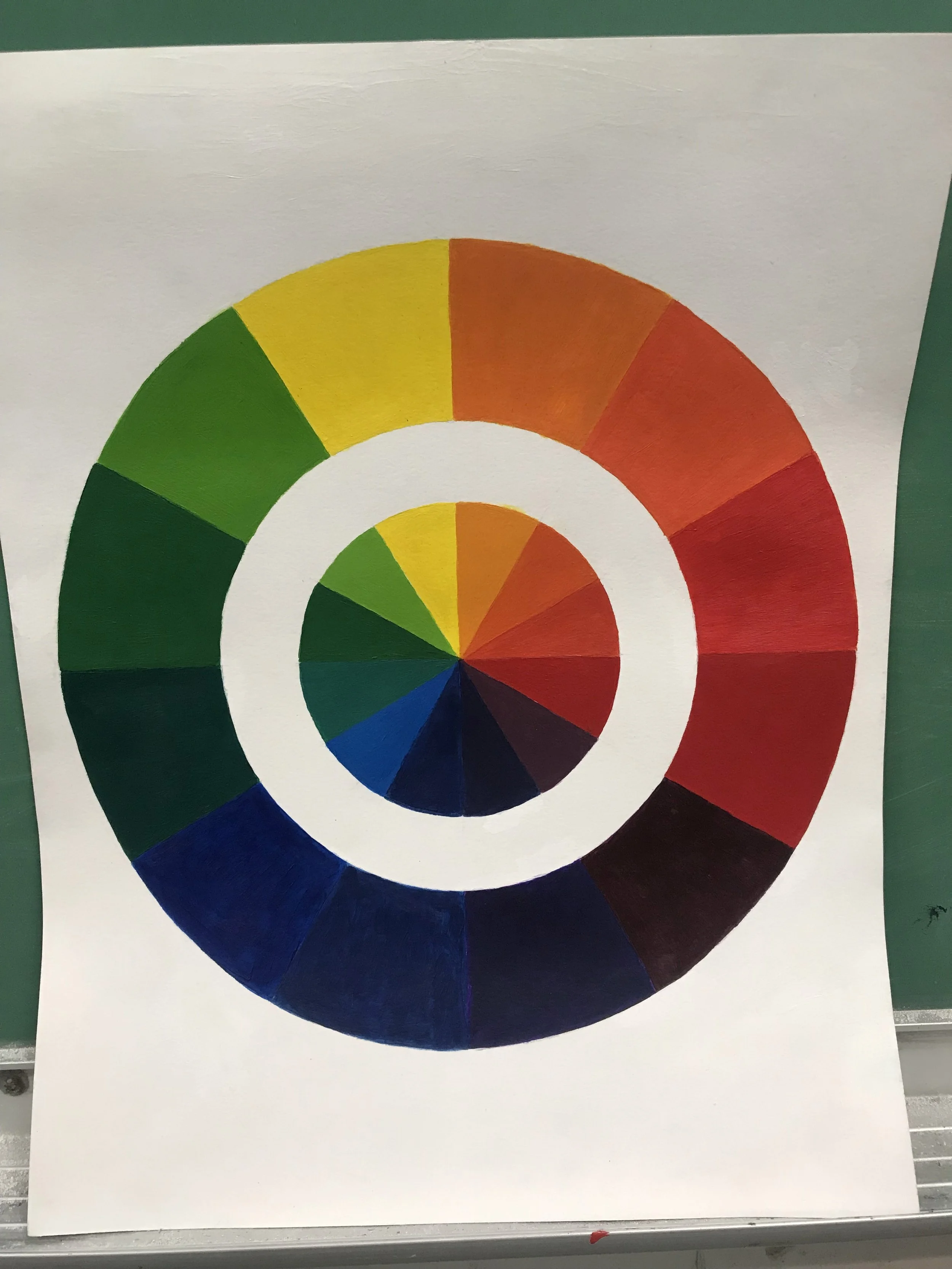
















Below is an illustration of teaching that inspires me. This image is from an illustration by “Visual Journalist” LA Johnson, NPR. She interviewed and learned about an art teacher, Jimi Herd, about his teaching philosophies.

























Below is an illustration of teaching that inspires me. This image is from an illustration by “Visual Journalist” LA Johnson, NPR. She interviewed and learned about an art teacher, Jimi Herd, about his teaching philosophies.
